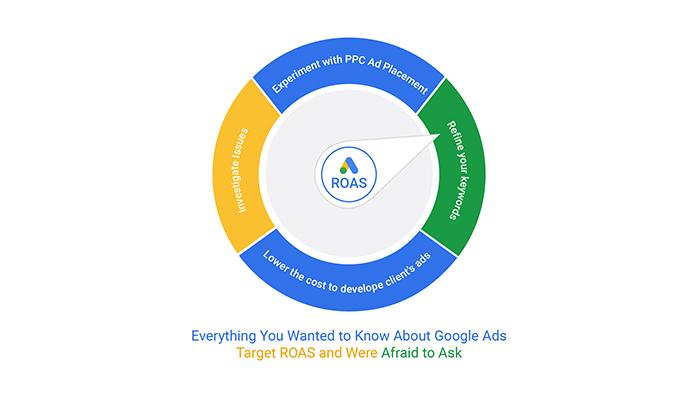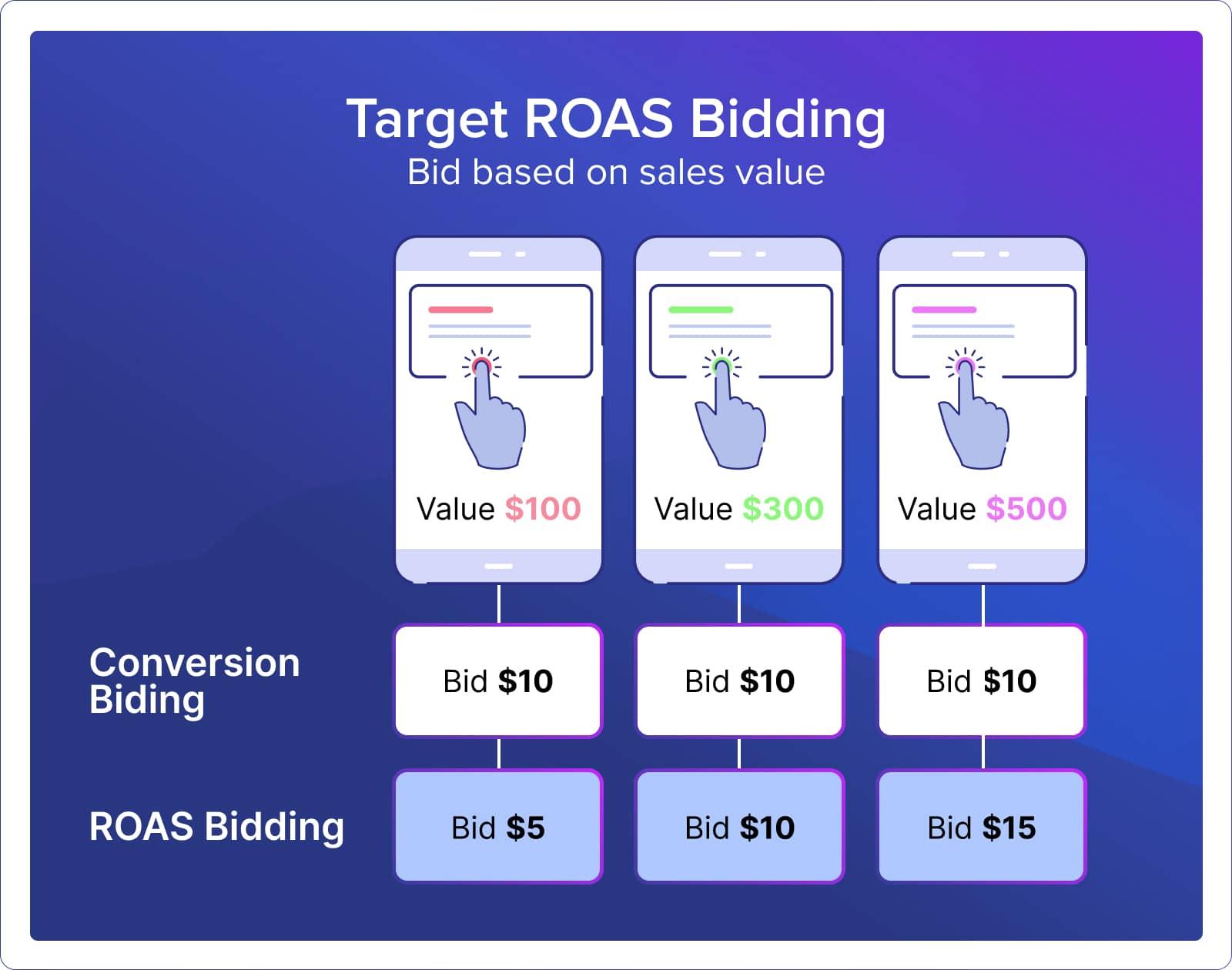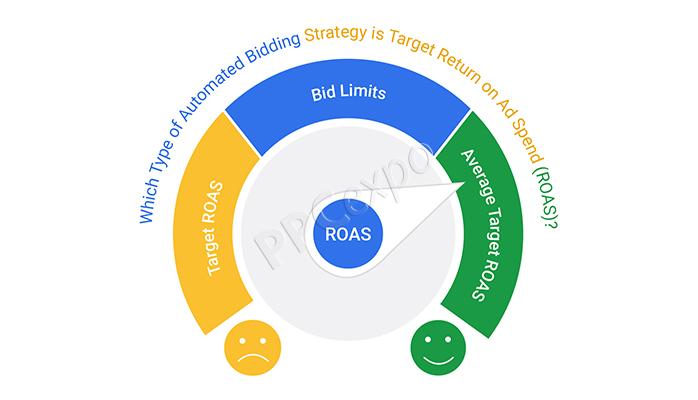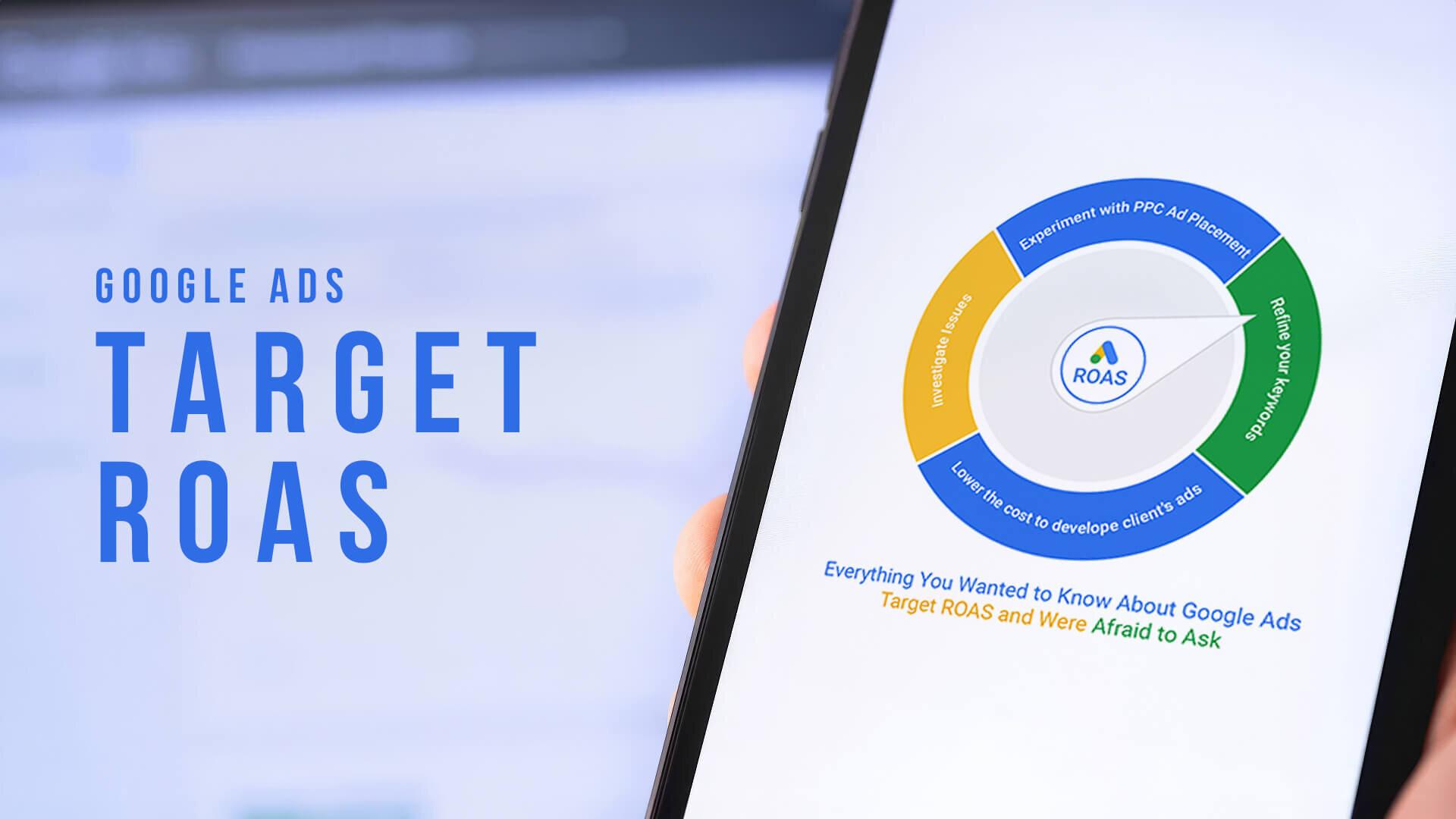



In the ever-evolving landscape of digital marketing, businesses are continuously seeking effective strategies to maximize their return on investment. Among the moast potent tools at their disposal is Google Ads, a platform that not only allows for targeted advertising but also offers sophisticated bidding options to help advertisers meet their financial goals. One such option is Target Return on Ad Spend (ROAS), a metric that promises to turn your advertising dollars into tangible results. Whether you’re a seasoned marketer or just dipping your toes into the world of online advertising, understanding how to harness the power of Target ROAS can substantially enhance your campaign’s performance.In this article, we’ll explore everything you need to know about Google Ads Target ROAS, from its intricacies to its practical applications, ensuring you’re equipped to make informed decisions that drive success.
At the heart of effective advertising in Google Ads is the concept of Target Return on Ad Spend (ROAS), a strategy that helps marketers gauge the effectiveness of their spending. Essentially,this metric aims to maximize revenue from every dollar spent on advertising. When utilizing Target ROAS, advertisers set a specific return goal they wish to achieve, which can vary based on campaign objectives and product margins. The platform’s sophisticated machine learning capabilities analyze historical data to optimize ad placements and bids, all while striving to meet the defined ROAS target. By doing this, advertisers can focus on profitability rather then just increasing traffic or clicks.
Implementing Target ROAS involves a few key steps that can enhance advertising efforts:
The beauty of Target ROAS lies in its adaptability; it learns and evolves from your campaign’s performance. Compare campaign performance wiht a simple table to visualize ROAS effectiveness:
| Campaign Name | Total Spend ($) | Revenue ($) | Calculated ROAS |
|---|---|---|---|
| Spring Sale | 500 | 2000 | 4.0 |
| Summer Clearance | 300 | 750 | 2.5 |
| Back to School | 800 | 3200 | 4.0 |

To effectively measure and enhance your target return on ad spend (ROAS), it is crucial to focus on several key metrics that inform your campaign’s performance. Among these,conversion rate,average order value (AOV),and cost per acquisition (CPA) stand out as foundational indicators. By monitoring these metrics, you can gain insights into how well your ads are converting, the profitability of the orders being placed, and the efficiency of your ad spend. Additionally, leveraging tools like Google Analytics alongside Google Ads can provide a more extensive view of the user journey, allowing you to pinpoint areas for optimization.
In terms of strategies to boost your target ROAS, consider implementing the following actionable tactics:

Achieving target ROAS goals can be a complex endeavor that involves navigating various challenges. Some of the most prevalent issues include inaccurate data tracking, inadequate budget allocation, and changing market conditions.Businesses often face difficulties in tracking conversions accurately, which can lead to misguided ROAS calculations. Furthermore, if the budget isn’t adjusted in tandem with campaign performance, it can hinder growth.Adapting to fluctuations in consumer behavior and competitor strategies also plays a critical role in maintaining optimal ROAS levels.
To overcome these hurdles, implementing effective solutions is vital. Start with enhancing your tracking infrastructure by utilizing tools like Google Tag Manager for accurate conversion tracking. Additionally, regularly reviewing campaign performance metrics can help allocate budgets more effectively, ensuring that higher-performing ads are prioritized. It’s equally crucial to stay agile; using predictive analytics can provide valuable insights into market trends, allowing for timely adjustments. Below is a table summarizing these challenges along with corresponding solutions:
| Challenge | solution |
|---|---|
| Inaccurate Data Tracking | Utilize Google Tag Manager |
| Inadequate Budget Allocation | regularly review performance metrics |
| Changing Market Conditions | Incorporate predictive analytics |

When it comes to optimizing your target ROAS settings in Google Ads, understanding your business objectives is crucial. Start by analyzing the historical performance of your campaigns to establish a baseline ROAS that reflects your sales goals. Setting an initial target that is 20% lower than your average performance can create a cushion to gradually adjust your expectations based on real-time data. This initial strategy allows room for experimentation,giving you insight into how different settings impact overall profitability.
As you monitor performance, consider leveraging the following best practices for fine-tuning your target:
Additionally, use the following table as a guide to adjusting your settings based on performance:
| Performance Tier | Initial Target ROAS Adjustment |
|---|---|
| Underperforming (< 200%) | Reduce target by 10-15% |
| Average Performing (200%-300%) | Keep target steady |
| High Performing (> 300%) | Increase target by 5-10% |
As we wrap up our deep dive into Google Ads target ROAS, it’s clear that understanding and leveraging this powerful bidding strategy can make a meaningful difference in the effectiveness of your advertising campaigns. By setting a target return on ad spend, you empower your campaigns to not just deliver clicks, but to drive meaningful, measurable results tailored to your business goals.
Remember, the journey to mastering target ROAS is not just about numbers, but about making informed decisions that align with your overall marketing strategy. As you implement these insights, keep testing, analyzing, and adjusting your approach. Each campaign is a new chance to refine your tactics and discover what resonates with your audience.
In the ever-evolving landscape of digital advertising, staying ahead means embracing tools and strategies that optimize your performance. Armed with the knowledge gained from this guide, you are well-equipped to navigate the intricacies of Google Ads and unlock the potential for greater profitability. Here’s to successful advertising and achieving your desired ROAS—may your campaigns thrive and your return soar!